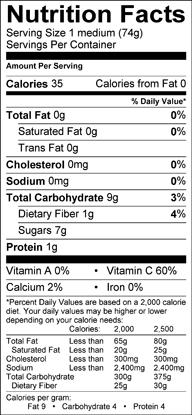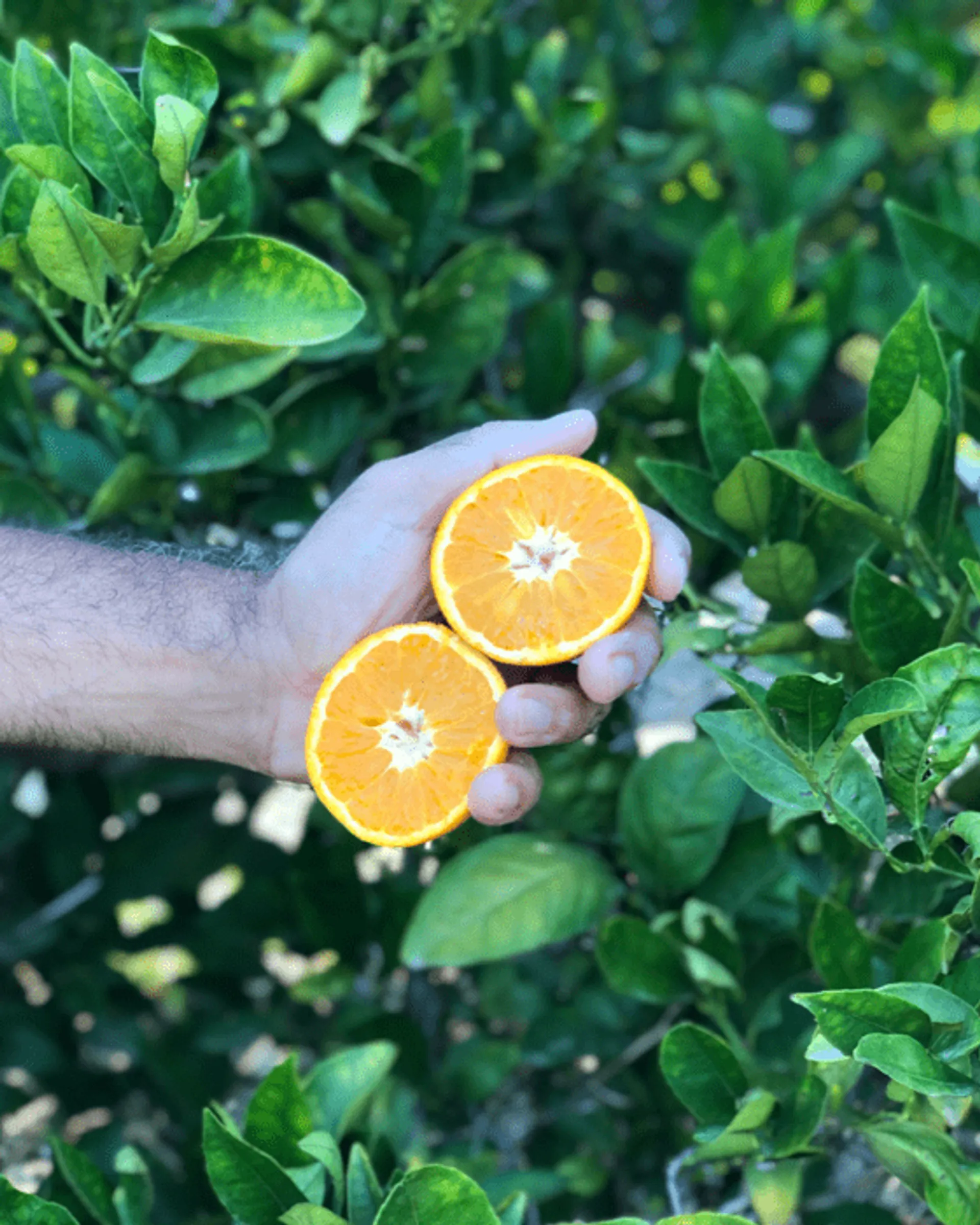
Just be sure to wash everything well, and when feasible, choose organic, local and seasonal produce as often as possible. Like this 2012 study that found organic spinach had significantly higher levels of Vitamin C and flavanoids and less nitrates compared to conventionally grown spinach.Įven with these benefits, if organics aren’t an option for you experts suggest that the benefits of a diet rich in fruits and vegetables outweigh the risks of pesticide exposure. More studies are being published showing higher levels of healthful nutrients and lower levels of harmful compounds in organic vs. Some prefer the taste, while others address concerns for pesticides food additives, supporting local farming by reducing pollution and conserving water, and soil quality. Growing your own produce or getting to know your farmer may be more crucial then the organic stamp! This child’s experiment shows just how important it is to know what you are eating. However, obtaining this certificate can be a lengthy and pricy process so it is important to keep in mind the benefits of buying local, as some smaller farms or producers adhere to organic practices, but simply cannot afford to obtain the official distinction. This label certifies the product is 95% or more “organic”. Department of Agriculture (USDA) established an organic certificate program in 2002, giving the “organic” stamp of approval once strict government standards have been met. Organic farmers allow outdoor access for animals and use preventive measures to deter disease. Instead of using chemical weed killers, herbicides, insecticides, antibiotics and hormones, they use natural fertilizers, beneficial insects and birds, and rotate crops. “Organic” refers to the way farmers grow and process their products. But even junk foods like candy canes, boxed macaroni and cheese and soda can carry organic labels making the case that just because it says organic doesn’t mean it’s healthy.

Australians are also choosing organic foods more often especially younger women living in urban areas.Ĭoncerns over environmental exposures, genetically modified foods, and health drive many to seek out organic options. Organic farming is one of the fastest growing segments in US agriculture accounting for 3.5% of total retail food sales in 2010, up from 1.8% in 2003.

Organic foods are increasingly popular, prevalent and in demand.

By Stacy Kennedy, MPH, RD, CSO, LDN Reboot Nutritionist


 0 kommentar(er)
0 kommentar(er)
